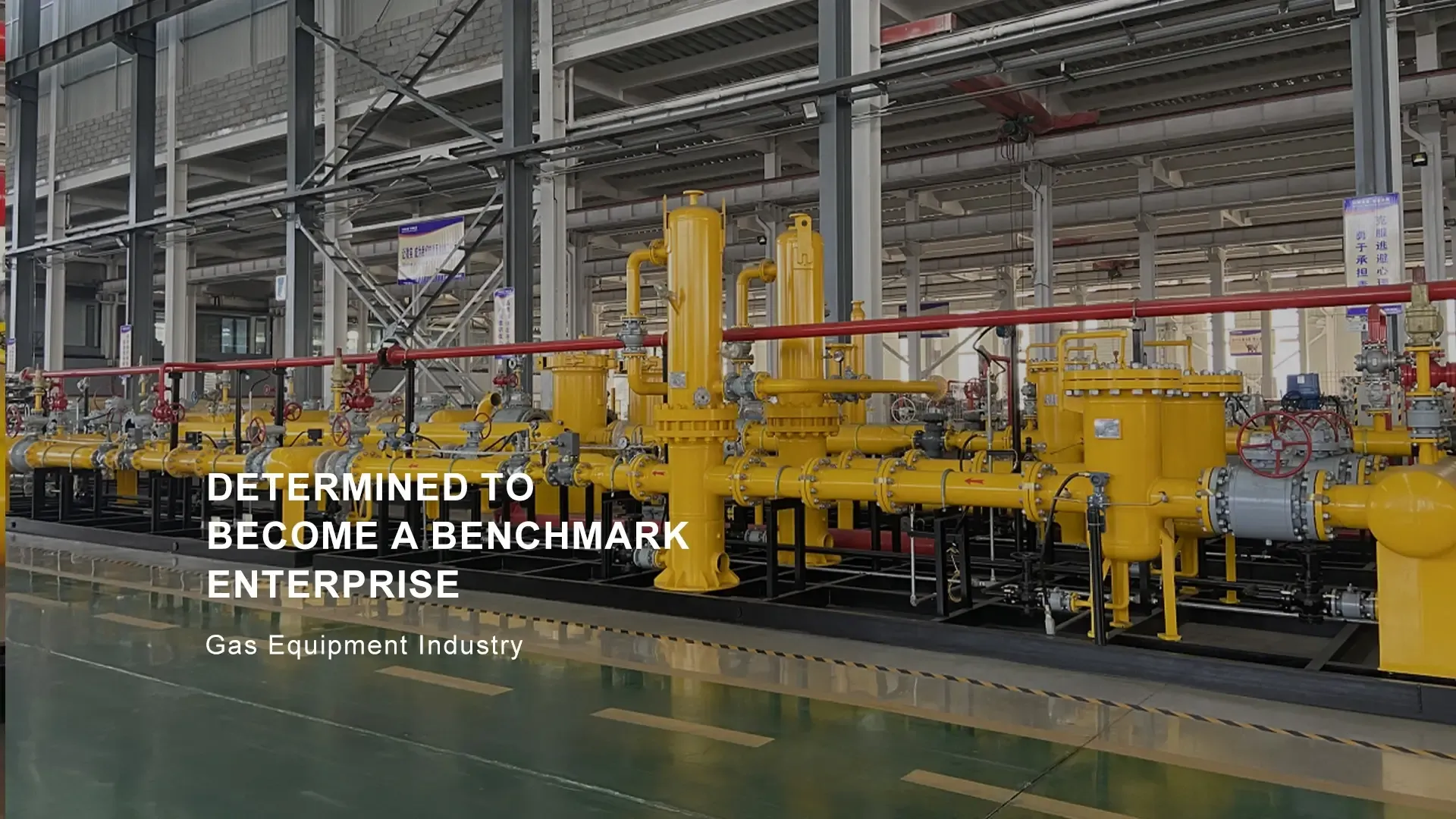
Nov . 27, 2024 05:52
Back to list
Understanding the Benefits and Challenges of Liquefied Natural Gas
Understanding Liquefied Natural Gas (LNG) The Future of Energy
Liquefied Natural Gas (LNG) represents a pivotal advancement in the energy sector, providing a more efficient and environmentally friendly alternative to traditional fossil fuels. With rising global energy demands and increasing concerns over climate change, LNG has emerged as a crucial resource in the pursuit of sustainable energy solutions.
LNG is natural gas that has been cooled to a liquid state at about -162 degrees Celsius (-260 degrees Fahrenheit). This process significantly reduces its volume, making it easier to transport and store. In its liquid form, natural gas takes up about 1/600th of its gaseous volume, allowing for the safe and economical transportation over long distances where pipelines are not feasible. This feature has unlocked new markets and has enabled countries to diversify their energy sources.
.
The growing demand for LNG is evident in several regions. For example, Asia has become a significant market for LNG imports, driven by the surge in energy consumption. Countries like Japan and South Korea rely on LNG to meet their energy needs, especially since they have limited domestic energy resources. Moreover, China has significantly increased its LNG imports as part of its strategy to reduce air pollution and transition to cleaner energy. In response to this demand, global LNG export capacity is expanding, with the United States, Australia, and Qatar leading the market.
الغاز الطبيعي المسال

The infrastructure for LNG involves various stages, from liquefaction plants to regasification terminals. The liquefaction process involves compressing natural gas and cooling it to a liquid state, which occurs at specialized plants. Once transported to its destination, the LNG is regasified and sent into pipelines for distribution. This infrastructure development has not only facilitated the global trade of LNG but has also created job opportunities and stimulated economic growth in many regions.
While LNG holds promise, there are challenges that the industry faces. One of the primary concerns is methane emissions—natural gas is primarily composed of methane, a potent greenhouse gas. Ensuring that these emissions are minimized throughout the extraction, transport, and regasification processes is vital. Technological advancements are being pursued to tackle this issue, and better monitoring and regulation are essential.
Additionally, the LNG market is subject to volatility due to geopolitical factors and shifting energy policies. As nations wrestle with energy security, the competitive landscape of LNG supply is ever-evolving. Changing regulations and the push for renewables can impact investments in LNG infrastructure, affecting its long-term viability.
Public perception also plays a crucial role in the future of LNG. While seen as a cleaner alternative to other fossil fuels, activists and some environmentalists argue against continued investments in fossil fuel infrastructure, advocating instead for a faster transition to renewable sources like wind, solar, and hydropower. The industry's ability to address these concerns while maintaining a balance between economic needs and environmental responsibility will impact its future growth.
In summary, LNG stands at the forefront of the energy conversation, offering a potential solution to the pressing challenges of energy security and climate change. As countries navigate their energy needs amid shifting environmental imperatives, LNG may act as a bridge in the transition to a more sustainable world. Continued investment in technology and infrastructure, alongside strict environmental regulations, will be essential in maximizing the benefits of LNG while minimizing its drawbacks. As global energy dynamics evolve, the role of LNG will undoubtedly remain significant in shaping the future of the energy landscape.
Latest news
-
Safety Valve Spring-Loaded Design Overpressure ProtectionNewsJul.25,2025
-
Precision Voltage Regulator AC5 Accuracy Grade PerformanceNewsJul.25,2025
-
Natural Gas Pressure Regulating Skid Industrial Pipeline ApplicationsNewsJul.25,2025
-
Natural Gas Filter Stainless Steel Mesh Element DesignNewsJul.25,2025
-
Gas Pressure Regulator Valve Direct-Acting Spring-Loaded DesignNewsJul.25,2025
-
Decompression Equipment Multi-Stage Heat Exchange System DesignNewsJul.25,2025

